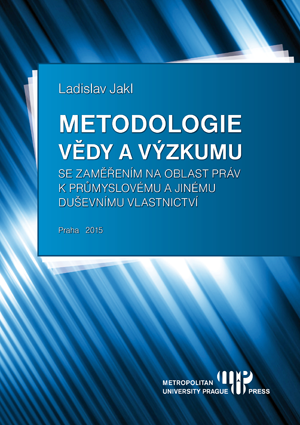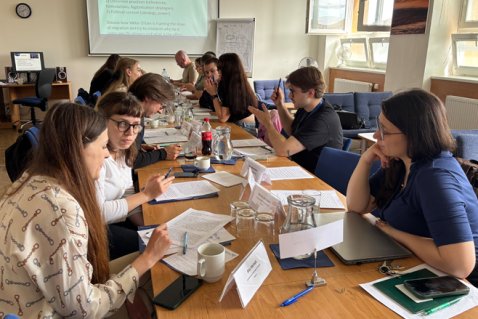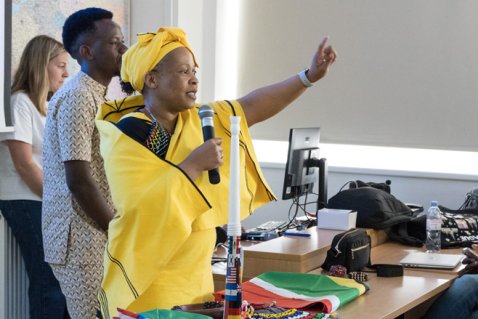JAKL, Ladislav. Metodologie vědy a výzkumu se zaměřením na oblast práv k průmyslovému a jinému duševnímu vlastnictví

1st ed. Prague: Metropolitan University Prague Press, 2015. ISBN 978-80-87956-24-3
This publication is conceived as a basis for preparing the outcomes of scientific research works, solved on the basis of announced and awarded research tasks, for example competitions, grants and research projects as well as during the implementation of theses and dissertations at universities in bachelor, master and doctoral studies and when submitting work for rigorous proceeding. It provides procedures for the analysis of the subject of the assigned work and in determining the expected assumption of the researcher in the form of hypotheses. The hypothesis or the hypotheses are confirmed or denied in the course of solving the task. General scientific methods used in the science fields are applied during the task solving. These include the induction and deduction, analysis and synthesis, abstraction, generalization, comparison, analogy, case study and division and classification. These logical procedures for dealing with scientific research work are applied to examples from the legal protection of objects of intellectual property. General principles are then presented in a publication in a separate chapter on solving scientific and research project and they are presented as an example of an outline of the solution. The publication also deals with the presentation of the results achieved in the form of text expression, such as scientific and professional articles, research reports, monographs, textbooks, theses, dissertation and habilitation works and theses submitted for the rigorous proceedings. Attention is paid also to lectures and conference articles anthologies. Given that the work is focused on the area of industrial and other intellectual property protection, closing chapter also deals with preparation of materials for industrial property to receive legal protection based on the aforementioned principles, using logical methods to solve this task and in defining claims for the protection of inventions and utility models.



